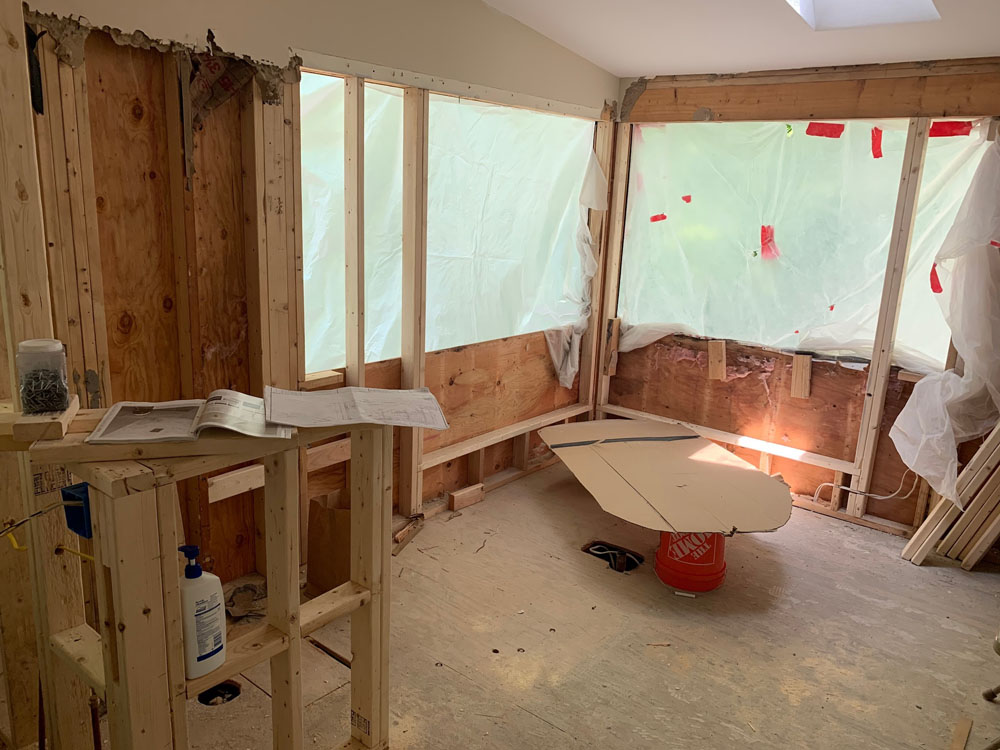
Home remodeling can be one of the most exciting yet daunting projects a homeowner can undertake. Whether you're updating a single room or transforming your entire house, the process involves numerous steps and considerations. Here’s a comprehensive guide to help you navigate your home remodeling journey with confidence and ease.
 1. Dream Big, Plan Smart
1. Dream Big, Plan Smart
Every successful remodeling project starts with a vision. Take the time to brainstorm and research ideas. Consider creating a mood board or using online platforms like Pinterest to collect inspiration. However, while dreaming big is essential, practical planning is crucial. Set realistic goals, considering your budget, time, and the scope of work.
2. Establish Your Budget
Before diving into any remodeling project, determine your budget. This will guide your decisions and help avoid overspending. Include a contingency fund of about 10-20% for unexpected expenses. Get quotes from multiple contractors to ensure you’re getting a fair price and consider financing options if necessary.
 3. Choose the Right Contractor
3. Choose the Right Contractor
Selecting a reliable contractor is critical. Look for experienced professionals with good reviews and references. Don’t hesitate to ask for a portfolio of their previous work. Communication is key, so choose someone who listens to your ideas and provides clear answers.
4. Create a Detailed Plan
Work with your contractor to develop a detailed plan. This should include timelines, materials, labor costs, and specific tasks. A well-structured plan helps prevent misunderstandings and keeps the project on track.
5. Obtain Necessary Permits
Certain remodeling projects require permits. Check local building codes and regulations to ensure compliance. Your contractor can often handle this, but it’s good to stay informed.
 6. Prepare for Disruption
6. Prepare for Disruption
Remodeling can disrupt your daily life. Prepare for noise, dust, and the temporary loss of certain spaces. If you're renovating a kitchen, consider setting up a temporary cooking area. For extensive projects, you might even need to arrange alternative accommodations.
 7. Demolition and Construction
7. Demolition and Construction
Once everything is in place, the actual work begins. The demolition phase can be messy and noisy, but it’s an essential part of making way for the new. During construction, maintain regular communication with your contractor to stay updated on progress and address any issues promptly.
 8. Stay Flexible
8. Stay Flexible
Despite careful planning, unexpected challenges can arise. Materials might be delayed, or unforeseen structural issues might be discovered. Stay flexible and work with your contractor to find solutions. Adjustments are a natural part of the remodeling process.
9. Inspection and Finishing Touches
After construction, conduct a thorough inspection with your contractor to ensure everything meets your expectations. Address any concerns. Once everything is in order, focus on the finishing touches—paint, fixtures, and decor that will bring your vision to life.
 10. Enjoy Your New Space
10. Enjoy Your New Space
Finally, the dust settles, and you can enjoy your newly remodeled home. Whether it's a modern kitchen, a luxurious bathroom, or a cozy living room, take pride in the transformation. Share your experience with friends and family and relish in the comfort and functionality of your updated space.
Conclusion
Remodeling your home is a significant investment, both emotionally and financially. By approaching the process with careful planning, clear communication, and a flexible mindset, you can turn your vision into reality. Embrace the journey and look forward to the incredible transformation of your living space.

